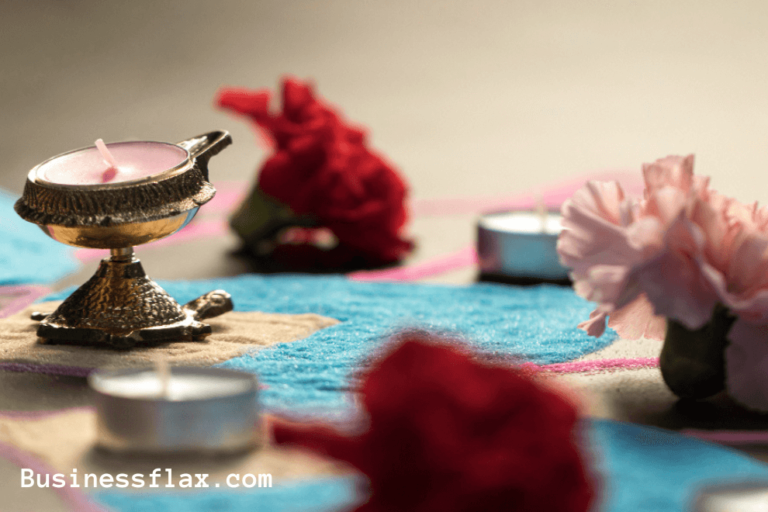How to Identify a Pure Kanjivaram Silk Saree

Kanjivaram silk sarees, renowned for their elegance and opulence, are a symbol of South Indian culture and craftsmanship. These sarees are known for their rich texture, vibrant colors, and intricate designs. However, with the market flooded with imitations, it’s essential to know how to identify a pure Kanjivaram silk saree. Here are some key factors to consider:
Fabric and Texture
- Weight and Feel: Pure Kanjivaram silk sarees are made from high-quality mulberry silk, making them heavy and luxurious to the touch. The fabric should feel smooth, soft, and slightly stiff due to the quality of the silk.
- Natural Sheen: The saree should have a natural, lustrous sheen that is unique to pure silk. This sheen will be uniform across the saree, not patchy or uneven.
Zari Work
- Material: Traditional Kanjivaram sarees use Zari made from pure silver or gold threads, often with a silk core. To check the authenticity, gently scratch the Zari with your fingernail. If it reveals a reddish or pinkish tinge underneath, it’s made of genuine silver or gold-coated threads. Fake Zari, on the other hand, often uses plastic or synthetic threads, which might expose a white or dull metal core.
- Luster and Durability: Genuine Zari will retain its shine over time, while imitation Zari may tarnish or lose its luster.
Weaving Technique
- Intricate Patterns: Kanjivaram sarees are known for their detailed and intricate designs, often featuring motifs inspired by South Indian temples, nature, or traditional paintings. The designs are woven into the fabric, not printed, giving the saree a rich and textured feel.
- Joint Lines: A unique feature of Kanjivaram sarees is the “korvai” technique, where the border and body of the saree are woven separately and then interlocked. Look for a small, distinct line running along the border where it joins the body of the saree, indicating hand-weaving.
Color and Dyes
- Vibrant Colors: Pure Kanjivaram sarees are known for their vibrant, rich colors, achieved through the use of natural dyes. The colors should be deep and consistent across the saree, without any fading or bleeding.
- Bleeding Test: Rub a small, damp cotton ball on the saree’s fabric. If the color bleeds, it might indicate the use of low-quality or synthetic dyes.
Price
- Cost Factor: Authentic Kanjivaram sarees are relatively expensive due to the quality of the silk and the intricate handwoven designs. If the price seems too good to be true, it likely is. Be cautious of sarees sold at unusually low prices, as they may be imitations.
Burn Test
- Fibre Test: If possible, you can perform a small burn test by taking a tiny thread from the saree’s edge. Burn it carefully; pure silk will smell like burnt hair and leave a fine ash residue, while synthetic fibers will smell like burning plastic and leave a hard bead.
Certification and Source
- Silk Mark: Look for the “Silk Mark” label, which is a certification from the Silk Mark Organization of India, guaranteeing that the saree is made from pure silk.
- Reputable Sellers: Purchase Kanjivaram sarees from trusted and reputed sellers or stores, especially those specializing in handloom or traditional sarees. They are more likely to sell authentic products.
Conclusion
Identifying a pure Kanjivaram silk saree involves careful inspection of the fabric, Zari work, weaving technique, and other characteristics. While these sarees come with a premium price tag, the investment is worthwhile for their timeless beauty, durability, and cultural significance. By paying attention to the details mentioned above, you can ensure that you are buying an authentic piece that embodies the rich heritage of Kanjivaram silk.
By the way today we talked about how to identify a pure kanjivaram silk saree. Continue Reading Avatar “Girl” in Roblox






